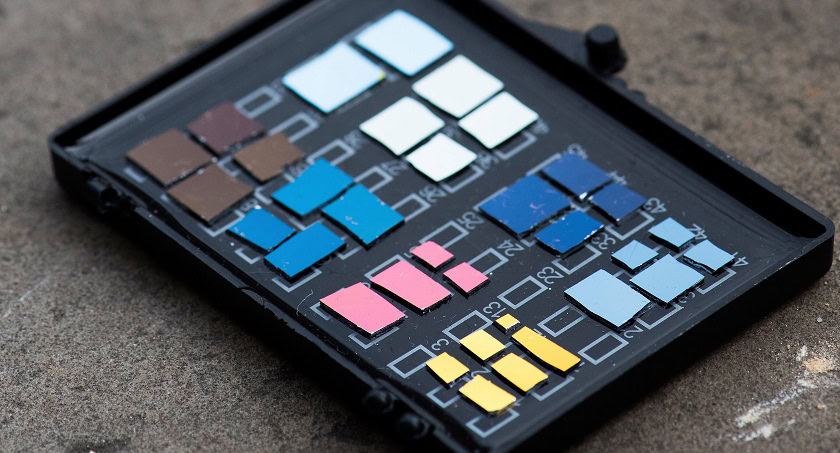Affiliate links on Android Authority may earn us a commission. Learn more.
Revolutionary material could cut smartphone display energy consumption

Smartphone displays are one of the biggest drainers of our precious battery life but a new breakthrough invention being developed by Bodle Technologies could dramatically cut the amount of juice required by future displays in a wide range of gadgets. Rather than an LCD or OLED based displays, this new reflective display makes use of phase changing materials to reproduce vivid colors while consuming very little power.
The idea is based on the technology used in rewritable DVDs and works by using electronic pulses to change the color of the display’s materials. The material itself doesn’t consume any power, only requiring a brief charge to change its state and color, meaning that the energy needed to power a display in a smartphone or wearable could be cut quite substantially.
“You have to charge smartwatches every night, which is slowing adoption. But if you had a smartwatch or smart glass that didn’t need much power, you could recharge it just once a week.” – Dr Peiman Hosseini, founder of Bodle Technologies
Bodle Technologies is said to be in talks with a number of the world’s largest consumer electronics corporations, although none have been named for legal reasons. The company has also secured a “significant” amount of finance from the Oxford Sciences Innovation fund to boost further development.
“This technology is capable of providing vivid colour displays which appear similar to paper, yet with very high resolution. It is also capable of rendering extremely high-resolution videos that can be seen in bright sunlight.” – Dr Hosseini
As well as smartphones and wearables, this innovation is also thought to be useful for the emerging smart glass market, which is estimated to be worth approximately $2 billion by the year 2017. Such technology could be used to block infrared waves to help keep buildings cooler without the need for air-conditioning.
We are still quite a way off from the technology hitting any consumer level products, but it’s another promising innovation that could open up an entire new market for gadgets and beyond.